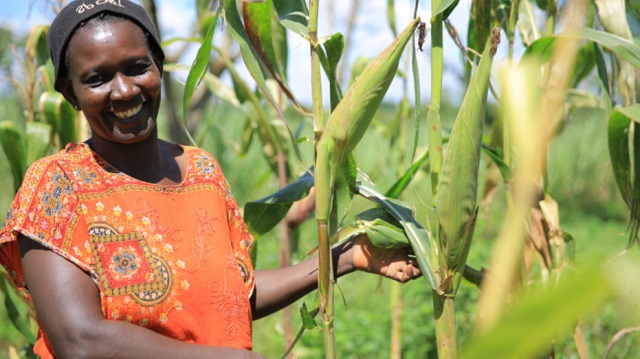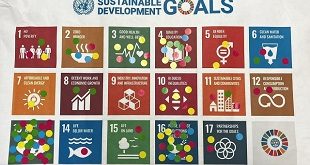
Survey shows Uganda faces worst food risk in Africa
Kampala, Uganda | RONALD MUSOKE | Ugandan farmers are among the worst hit by the coronavirus pandemic and lockdown measures
in Africa according to research released on Oct.16 by Voluntary Service Overseas (VSO), an independent international development organisation that works to empower communities in developing countries.
The VSO survey which was published to coincide with World Food Day was conducted in June and July across Uganda, Kenya, Ethiopia, Tanzania and Nigeria. It asked 1,800 farmers and SMEs to rate how the pandemic has affected their livelihoods on a scale of not at all to severely. A significant percentage of farmers told the researchers that they are facing huge financial challenges resulting from the coronavirus pandemic and lockdown measures.
Twenty-three per cent of those interviewed across the five countries said a lack of cash had reduced their food intake. The highest proportion was amongst Ugandans where more than 38% of the respondents reported reducing their food intake. The respective figures for reducing food intake were 25% of Tanzanians, 24% in Nigeria, 21% in Kenya and 15% in Ethiopia.
Other coping mechanisms included taking out loans or borrowing, using up previous stocks, and relying on government and NGO support. Twenty three percent of the respondents relied on borrowing, another 24% consumed previous stocks, over 9% received government support and over 7% received support from NGOs. Of those who rated the issue as severe, 15% were receiving no support at all from governments and NGOs.
“What comes through in our surveys is a sense of urgency, people are telling us they will soon run out of options, their current coping strategies such as reducing food intake or borrowing money from friends and family, will no longer be feasible within a short time, certainly by the new year,”said Ruchi Tripathi, the Global Practice Lead for Resilient Livelihoods at VSO.
“In the short-term, urgent action is needed in terms of food and cash assistance to the most marginalised communities, women and other groups around the world,” she said, “There is an opportunity to ensure any food purchased is from local smallholder farmers to support their livelihoods and revive local economies. But beyond that, we need to build a more food secure future for the long term.”
In April this year the government distributed relief food to about 1.5 million urban poor who were affected by the lockdown as a measure to contain the COVID-19 outbreak in the country. But it appears it needs to do more.
The VSO study follows another recent nationwide analysis by the Uganda government and UN humanitarian agencies which found people in nine urban areas to be at “crisis level” of food insecurity thanks to negative impacts of the COVID-19 lockdown.
The Ministry of Agriculture, Animal Industry and Fisheries, the Ministry for Disaster Preparedness and Refugees, Kampala Capital City Authority, the Uganda Bureau of Statistics, the United Nations High Commissioner for Refugees, the UN’s Food and Agriculture Organisation and WFP participated in the Integrated Food Security Phase Classification (IPC) analysis. The European Union, World Bank and UK Aid funded the exercise.
The analysis was informed in part by real-time data gathered by remote telephone monitoring of households in 13 urban areas, refugee hosting districts and Karamoja region in the northeast.
According to the analysis, one in three people in the towns of Gulu, Jinja and Kasese struggled to find nutritious food on a regular basis during the lockdown. The IPC attributed the crisis food insecurity to the loss of livelihoods in the informal sector, tourism, the travel and events industry and the education sector, reduced remittances and reduced commercial networks due to the closure of borders.
Using real-time and other data, the IPC found that refugees in all 13 settlements in Uganda along with more than 1.4 million Ugandans in refugee-hosting districts and Karamoja region experienced crisis or worse levels of hunger between June and August. In Karamoja, all districts had worrying levels of malnutrition among young children and pregnant and nursing women, with malnutrition above emergency levels in Moroto and Napak.
The assessment also found that between February and August, rates of life-threatening malnutrition were above emergency levels in Moroto and Napak in Karamoja. The rest of the region’s districts were in Alert, meaning they also have relatively high levels of malnutrition.
Poor diets, chronic food shortages, poor sanitation and high levels of diarrhoea and malaria were cited as major contributors to the situation. High workloads for mothers and therefore reduced time for breastfeeding and other childcare were also cited as driving malnutrition.
 The Independent Uganda: You get the Truth we Pay the Price
The Independent Uganda: You get the Truth we Pay the Price



